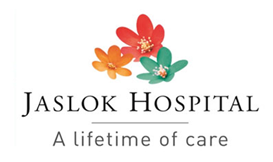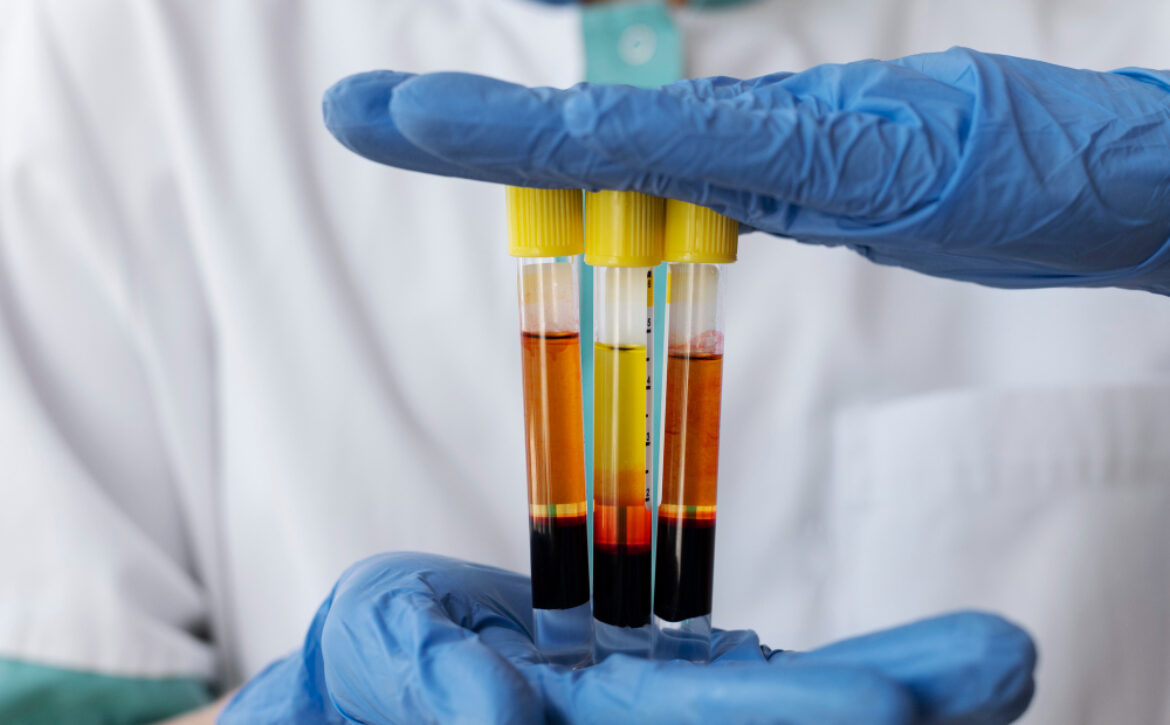How PRP Injections Work: Harnessing Your Body’s Healing Power
Introduction to PRP Injections
Welcome to a fascinating exploration of the best platelet-rich plasma treatment clinic in Mumbai and how they tap into your body’s natural healing abilities. In this informative guide, we’ll break down the science behind PRP, delve into the healing potential of platelets, and demystify the PRP injection process. We’ll also discuss the benefits and expected outcomes of getting treated by top doctors for platelet-rich plasma treatment in Mumbai at RNR Medicine. So, let’s embark on this enlightening journey to understand how PRP injections work and discover the best hospital for platelet-rich plasma in Mumbai.
Platelet-rich plasma (PRP) Explained
To comprehend the mechanics of PRP injections, we must first understand what Platelet-rich plasma is and how it’s obtained. Platelet-rich plasma (PRP) is a concentrated form of plasma, a vital component of your blood responsible for clotting and wound healing. This remarkable substance is obtained through a simple blood draw and advanced processing techniques, which separate and concentrate the platelets from your blood. These platelets, with their abundant growth factors and bioactive substances, possess the extraordinary ability to accelerate tissue repair and regeneration, making PRP a powerful tool in modern medicine. Get the best platelet-rich plasma disease doctors in Mumbai at RNR Medicine.
The Science Behind PRP Injections
The science underpinning PRP injections lies in harnessing the body’s innate healing mechanisms. When an injury occurs, the body responds by sending platelets to the affected area. PRP therapy concentrates these platelets, which are rich in growth factors and bioactive compounds, amplifying their natural healing potential. This influx of growth factors accelerates tissue repair, reduces inflammation, and fosters the formation of new blood vessels, making top platelet-rich plasma surgery in Mumbai a promising solution for a wide range of medical conditions.
The Healing Potential of Platelets
The healing potential of platelets is awe-inspiring. Often referred to as “nature’s healing agents,” platelets are small, disc-shaped blood cells that play a pivotal role in the body’s recuperative processes. As per the best platelet-rich plasma disease doctors in Mumbai, When concentrated in Platelet-rich plasma (PRP) and strategically injected into targeted areas, these platelets release a myriad of growth factors, including Platelet-Derived Growth Factor (PDGF), Transforming Growth Factor (TGF), and Vascular Endothelial Growth Factor (VEGF). This rich cocktail of growth factors stimulates cell growth, promotes tissue repair, and initiates the development of new blood vessels. Consequently, PRP injections offer a potent means to enhance the body’s natural healing capacities.
Platelets: Nature’s Healing Agents
Top emerging restorative treatments for platelet-rich plasma disease in Mumbai have evidences that Platelets, often regarded as nature’s healing agents, are diminutive yet potent blood components. They play a pivotal role in the body’s healing processes. When concentrated within Platelet-rich plasma (PRP), these unassuming cellular heroes reveal their incredible prowess. Laden with growth factors like Platelet-Derived Growth Factor (PDGF), Transforming Growth Factor (TGF), and Vascular Endothelial Growth Factor (VEGF), platelets become catalysts for accelerated healing. They stimulate cell growth, encourage tissue repair, and instigate the development of fresh blood vessels, effectively harnessing the body’s innate capacity for rejuvenation and regeneration. PRP injections unleash this natural healing force to address a wide array of medical concerns.
Growth Factors and Tissue Regeneration
Growth factors and tissue regeneration within the realm of top emerging restorative treatments for platelet-rich plasma disease in Mumbai are like the architects and builders of a grand biological construction project. PRP serves as the blueprint, containing an array of bioactive elements such as Platelet-Derived Growth Factor (PDGF), Transforming Growth Factor (TGF), and Vascular Endothelial Growth Factor (VEGF). PDGF acts as the visionary designer, promoting cell growth. TGF takes on the role of the diligent builder, overseeing tissue repair. VEGF plays the part of the engineer, plotting the course for new blood vessels. Together, top platelet-rich plasma doctor in Mumbai orchestrate a magnificent process of tissue regeneration, showcasing the remarkable potential of PRP injections to rejuvenate and renew the body’s healing capabilities.
The PRP Injection Process
The PRP injection process is a meticulously orchestrated journey that maximizes the potential of top platelet-rich plasma treatment in Mumbai. It commences with a simple blood draw, akin to routine blood tests, followed by a journey through a specialized centrifuge machine. This high-tech apparatus deftly separates and concentrates the platelets from the blood sample. The enriched PRP is then skillfully administered via targeted injections, often guided by advanced imaging techniques like ultrasound or fluoroscopy to ensure pinpoint accuracy. This precision delivery system by the top doctors for platelet-rich plasma treatment in Mumbai allows PRP to work its magic directly at the site of concern, optimizing its healing and regenerative effects.
Preparing PRP: Blood Extraction and Processing
As per the top platelet-rich plasma doctor in Mumbai, The journey commences with a straightforward blood draw, much like a routine blood test. Preparing PRP involves a meticulous two-step process: blood extraction and processing. Initially, a small blood sample, similar to a routine blood draw, is obtained from the patient. This sample is then subjected to a cutting-edge centrifuge machine, which acts as a biological alchemist, meticulously separating the components of the blood. Through centrifugation, the platelets are concentrated, resulting in Platelet-rich plasma (PRP). This PRP, enriched with growth factors and healing potential, is now ready for therapeutic use. This preparation process ensures that the healing power of platelets is maximized, setting the stage for effective PRP therapy.
Targeted Delivery: Administering PRP Injections
Targeted delivery through PRP injections is the meticulous process of delivering top platelet-rich plasma treatment in Mumbai. Once the PRP is prepared, skilled medical practitioners use precision techniques to inject it into the exact location requiring attention. Advanced imaging technologies like ultrasound or fluoroscopy often guide this process, ensuring pinpoint accuracy. This targeted approach allows PRP to work its magic precisely where it’s needed most, optimizing its therapeutic potential. By focusing the healing power of PRP, this method accelerates the recovery process, fosters tissue repair, and holds promise for a wide range of medical conditions.
Benefits and Expected Outcomes
The panorama of benefits and anticipated outcomes from top platelet-rich plasma surgery in Mumbai therapy paints a promising picture. PRP injections wield the power to usher in pain relief and elevate functionality, particularly for those grappling with joint discomfort, osteoarthritis, or tendon issues. This dynamic therapy’s anti-inflammatory prowess and tissue regeneration capabilities can infuse newfound mobility and alleviate discomfort.
Moreover, PRP can serve as a turbocharger for the healing of wounded tissues, making it the preferred choice for athletes yearning for a swifter rebound from sports-related injuries. In essence, PRP therapy shines as a beacon of optimism, extending a non-invasive and natural lifeline to patients confronting diverse medical concerns, offering the potential for an enhanced quality of life because of the best hospital for platelet-rich plasma in Mumbai.
Pain Relief and Improved Functionality
Pain relief and improved functionality represent the dynamic duo within the realm of Platelet-rich plasma (PRP) therapy. For individuals grappling with joint pain, osteoarthritis, or tendon-related discomfort, PRP injections serve as a beacon of relief. PRP’s intrinsic anti-inflammatory properties, coupled with its tissue regeneration capabilities, ignite a transformative journey toward enhanced mobility and reduced pain.
PRP therapy is akin to a natural healer, stimulating the body’s innate repair mechanisms, offering the promise of not only reduced pain but also a significant boost in functionality. This tag-team of benefits underscores PRP’s standing as a non-invasive, revitalizing solution for those striving to improve their quality of life amid various medical challenges.
Enhancing Tissue Repair and Regeneration
Elevating tissue repair and regeneration to a paramount position, Platelet-rich plasma (PRP) therapy offers a groundbreaking approach. Harnessing the body’s innate healing potential, PRP injections are akin to a natural revitalization process. Packed with growth factors and bioactive compounds, PRP serves as a catalyst for tissue renewal, whether it’s tendons, ligaments, or muscles that need attention.
This makes PRP therapy a preferred choice, especially for athletes recuperating from sports-related injuries, as it doesn’t just alleviate discomfort but also accelerates the body’s innate recovery process. It’s a non-invasive and holistic solution that restores not only tissues but also strength and functionality.
In conclusion, Platelet-rich plasma (PRP) injections represent a remarkable stride in the realm of medical science. By harnessing the body’s innate healing power through platelet concentration and targeted delivery, PRP offers hope and relief to individuals grappling with diverse medical conditions. Whether you seek pain relief, improved functionality, or accelerated tissue repair, PRP injections hold the potential to transform your life.
Explore the potential of PRP therapy for knee pain relief in our blog post: Exploring PRP Therapy: A New Hope for Knee Pain Relief
Best Platelet-rich plasma Treatment Clinic in Mumbai
When it comes to the best platelet-rich plasma treatment clinic in Mumbai, RNR Medicine proudly stands as the best clinic in the city. Their commitment to excellence, coupled with a team of experienced medical professionals, ensures top-tier care. RNR Medicine boasts state-of-the-art technology for precise PRP injections, guided by meticulous precision. They prioritize patient-centric care, offering thorough consultations and personalized treatment plans. With a track record of delivering proven results and enhancing the quality of life for their patients, RNR Medicine has rightfully earned its reputation as the premier destination for PRP therapy in Mumbai.


